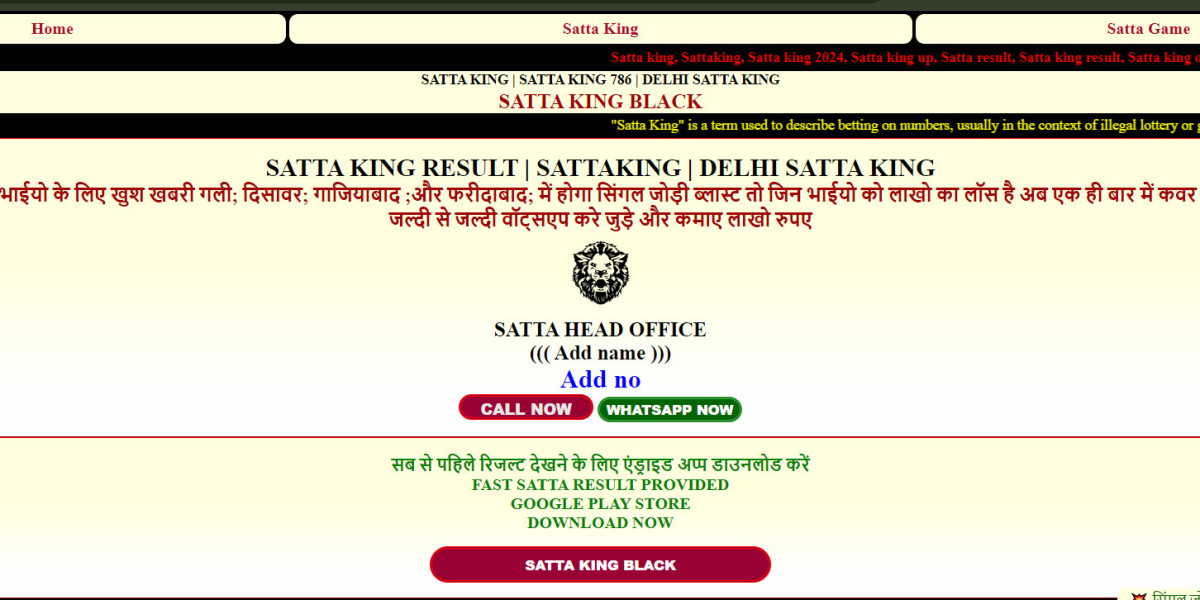In today's digital age, messaging apps have become an integral part of our daily lives. Whether it's for personal communication or business purposes, the demand for efficient and feature-rich messaging apps continues to rise. If you're considering developing a messenger app, one of the crucial aspects you need to address is the cost involved in the development process. In this article, we'll delve into the factors influencing messenger app development cost, provide estimates, and explore strategies to manage expenses effectively.
Factors Influencing Messenger App Development Cost
- Features and Functionality: The complexity and number of features directly impact the development cost. Basic messaging functionalities like text, images, and emojis will cost less compared to advanced features such as voice and video calling, file sharing, location sharing, group chats, and end-to-end encryption.
- Platform Compatibility: Developing for multiple platforms (iOS, Android, web) increases the development time and cost. Native app development for each platform tends to be more expensive compared to cross-platform or hybrid app development.
- User Interface (UI) and User Experience (UX): A well-designed UI/UX enhances user engagement but also adds to development costs. Custom animations, intuitive navigation, and responsive design contribute to higher expenses.
- Backend Development: The backend infrastructure is crucial for smooth app functionality, including user authentication, message storage, push notifications, and scalability. The choice between building a custom backend or using third-party services like Firebase affects costs.
- Security and Compliance: Implementing robust security measures to protect user data and comply with regulations such as GDPR or HIPAA entails additional expenses. Features like end-to-end encryption, secure authentication methods, and data encryption contribute to the overall cost.
- Integration with Third-Party Services: Integration with APIs and third-party services like social media platforms, payment gateways, or cloud storage solutions can increase development costs depending on the complexity and number of integrations required.
- Testing and Quality Assurance: Thorough testing across various devices, platforms, and network conditions is essential to ensure a bug-free app. QA testing adds to the development timeline and cost but is crucial for delivering a seamless user experience.
Estimated Cost Breakdown
While the cost of developing a messenger app varies based on project requirements and development approach, here's a rough estimate:
- Basic Messaging App: $30,000 - $50,000
- Text messaging
- Image and video sharing
- Push notifications
- Mid-level Messenger App: $50,000 - $100,000
- Basic features plus:
- Voice and video calling
- Group chats
- Location sharing
- Advanced Messenger App: $100,000+
- Advanced features plus:
- End-to-end encryption
- Customizable UI/UX
- Integration with third-party services
Strategies to Manage Messenger App Development Costs
- Prioritize Features: Focus on essential features for the initial version of the app and gradually add more advanced features based on user feedback and market demand.
- Choose the Right Development Approach: Consider the trade-offs between native, cross-platform, and hybrid app development based on your budget, timeline, and target audience.
- Utilize Open-Source Solutions: Leverage open-source libraries, frameworks, and platforms to reduce development time and costs without compromising quality.
- Outsource Development: Consider outsourcing development to countries with lower labor costs while ensuring quality standards and effective communication channels.
- Iterative Development: Adopt an iterative development approach to release minimum viable products (MVPs) quickly, gather user feedback, and make incremental improvements, thus reducing overall development costs.
- Optimize Resource Utilization: Efficiently manage resources, including development team members, tools, and infrastructure, to minimize wastage and maximize productivity.
In conclusion, estimating the cost of messenger app development requires careful consideration of various factors, including features, platform compatibility, UI/UX design, security, and testing. By understanding these factors and implementing cost-effective strategies, you can develop a high-quality messenger app within your budget constraints while meeting user expectations and market demands.



